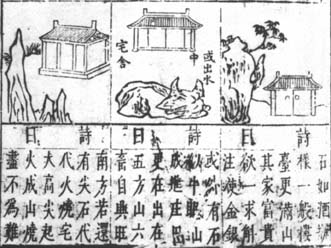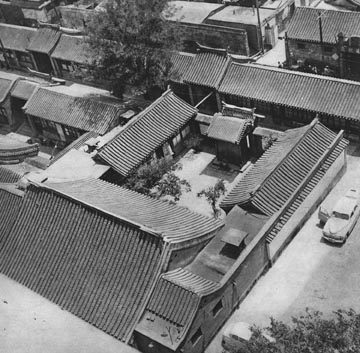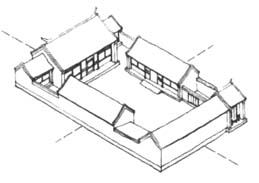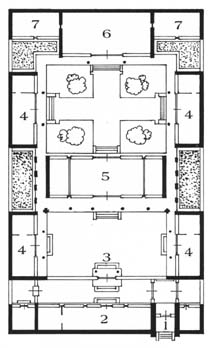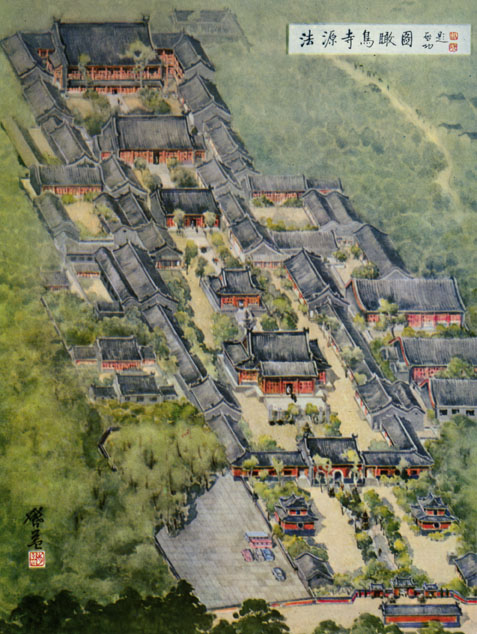|
Homes all over China in pre-modern times had a lot in common. The way of laying out a house was similar among the rich and poor, both in earlier and later times. Certain materials and techniques, such as pounded earth foundations, timber framing, and use of bricks and tile were present throughout the country. Nevertheless, houses were by no means identical in all parts of China. If we look at houses in different regions we can see much that differed from place to place.
Although few examples of Chinese homes have survived from antiquity, using archeological evidence, scholars have determined that many of the basic principles of Chinese house design, such as the emphasis on orientation, layout, and symmetry go far back in Chinese history. In this unit we will examine first the basic elements of a Chinese house, then look at how houses varied by wealth and regional variation.
|


